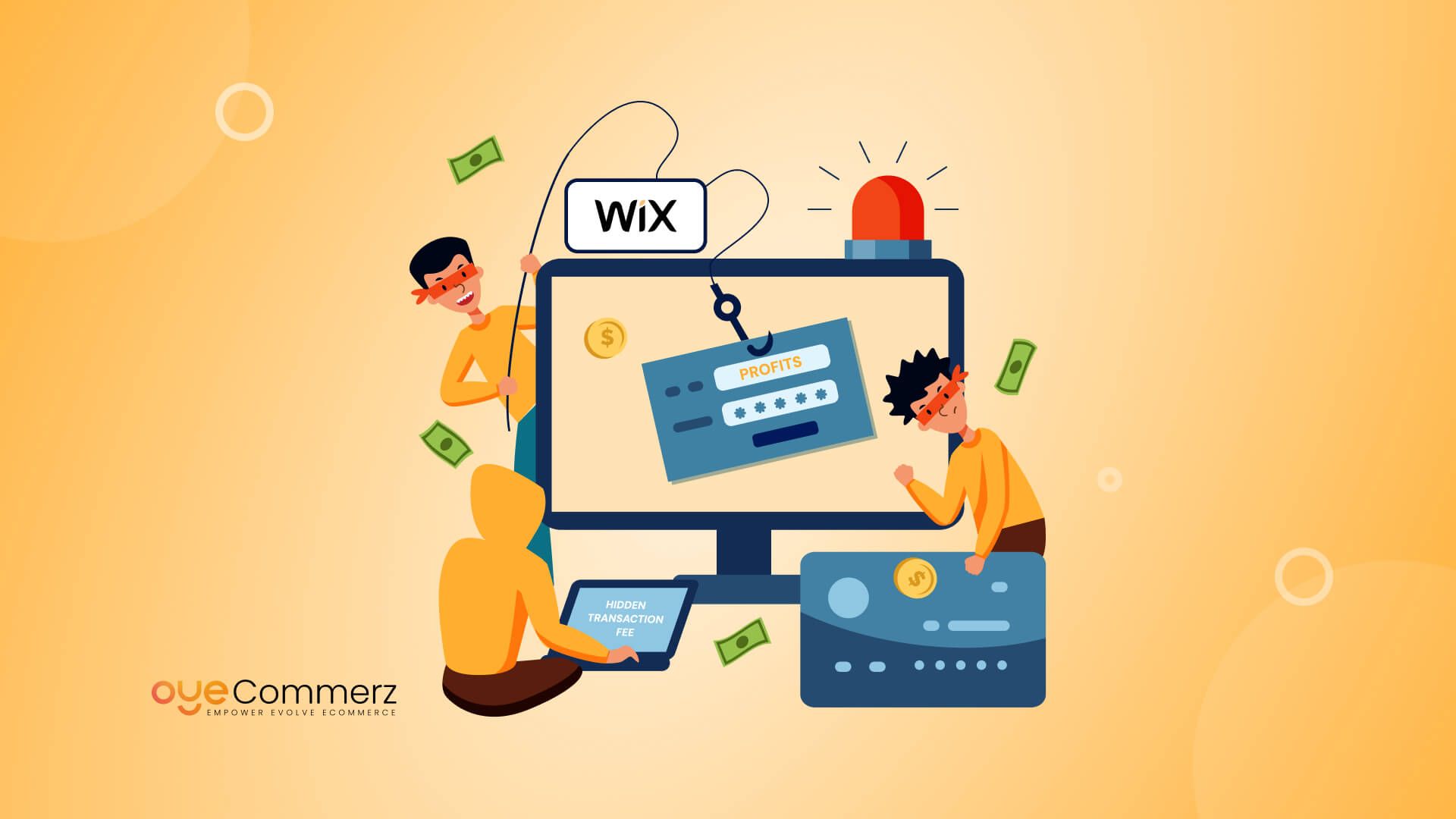In the current digital landscape, selecting the right e-commerce platform is essential for business success. If you are presently utilizing Wix but are considering a switch to Shopify, you're not alone. Many businesses are migrating to Shopify to take advantage of its powerful features, expandability, and dedicated e-commerce solutions. This article will outline the transition process, guaranteeing a seamless transition and preparing you for e-commerce success.
Why Switch from Wix to Shopify?
Before exploring the migration process, it's important to recognize why Shopify might be a better fit for your e-commerce needs:
- Specialization: In contrast to Wix, which caters to various use cases, Shopify is designed exclusively for e-commerce, providing sophisticated features and features tailored for online selling.
- Growth Potential: As your business grows, Shopify can easily handle increased traffic and transactions capacity without compromising performance.
- Extensive App Ecosystem: Shopify provides a large library of apps that can enhance your store's capabilities, from marketing tools to stock control solutions.
- Search Engine Optimization: Shopify provides better SEO options, which can assist in improving your store’s visibility on search engines.
- Transaction Methods: With multiple payment gateways supported, including Shopify Payments, you can offer shoppers a wide range of options.
Preparing for Migration
To ensure a smooth transition from Wix to Shopify, adhere to these preparatory steps:
1. Backup Your Data
Export all your information from Wix, including product details, customer information, and order history. This process is vital as it ensures you have a backup of all data before starting the transfer.
2. Choose Your Shopify Plan
Assess the different Shopify subscriptions offered and select one that aligns with your business needs. Take into account factors such as transaction fees, built-in Search engine ranking tools, and growth potential.
3. Create Your Shopify Profile
Register your Shopify account and explore the platform’s interface and features.
The Migration Process
Now that you're ready, it’s time to migrate your store from Wix to Shopify. Here’s how:
1. Import Products
Utilize Shopify's built-in migration utility or external migration apps like Cart2Cart or LitExtension to move your products from Wix to Shopify.
Ensure that item details, pictures, costs, and options are accurately imported.
2. Transfer Customer Data
Import client details such as names and contact info into your new Shopify store. This process is vital for retaining client connections and advertising strategies.
3. Configure Transactions
Configure payment gateways in your Shopify store to ensure smooth transactions. You can select from various platforms like debit methods, PayPal, and others.
4. Customize Your Store Design
Select a theme that aligns with your brand identity. Modify it using Shopify's design tools to create an appealing and intuitive store layout.
5. Search Engine Optimization
Apply SEO strategies during the migration process:
- Set up 301 redirects from old Wix URLs to new Shopify URLs.
- Optimize product titles, details, and photos with relevant keywords.
- Modify meta tags and alt texts for improved Online selling search engine visibility.
After Migration Steps
Once your store is live on Shopify, consider these follow-up steps:
1. Check Your Website
Conduct thorough testing of your new store:
- Verify product pages for correctness.
- Verify payment processes.
- Ensure all hyperlinks work correctly.
2. Launch Marketing Campaigns
Broadcast your new store launch through email newsletters and social media channels.
Think about running promotions or sales to attract customers.
3. Track Your Progress
Leverage analytics tools within Shopify to monitor sales performance and user activity.
Modify your strategies based on performance analytics.
Conclusion
Migrating from Wix to Shopify can substantially enhance your e-commerce capabilities and set the stage for growth and achievement. By adhering to this guide and taking a systematic approach to the migration process, you can guarantee a smooth transition that minimizes downtime and maximizes opportunities for revenue. Embrace the change and watch your online business thrive on its new platform!
